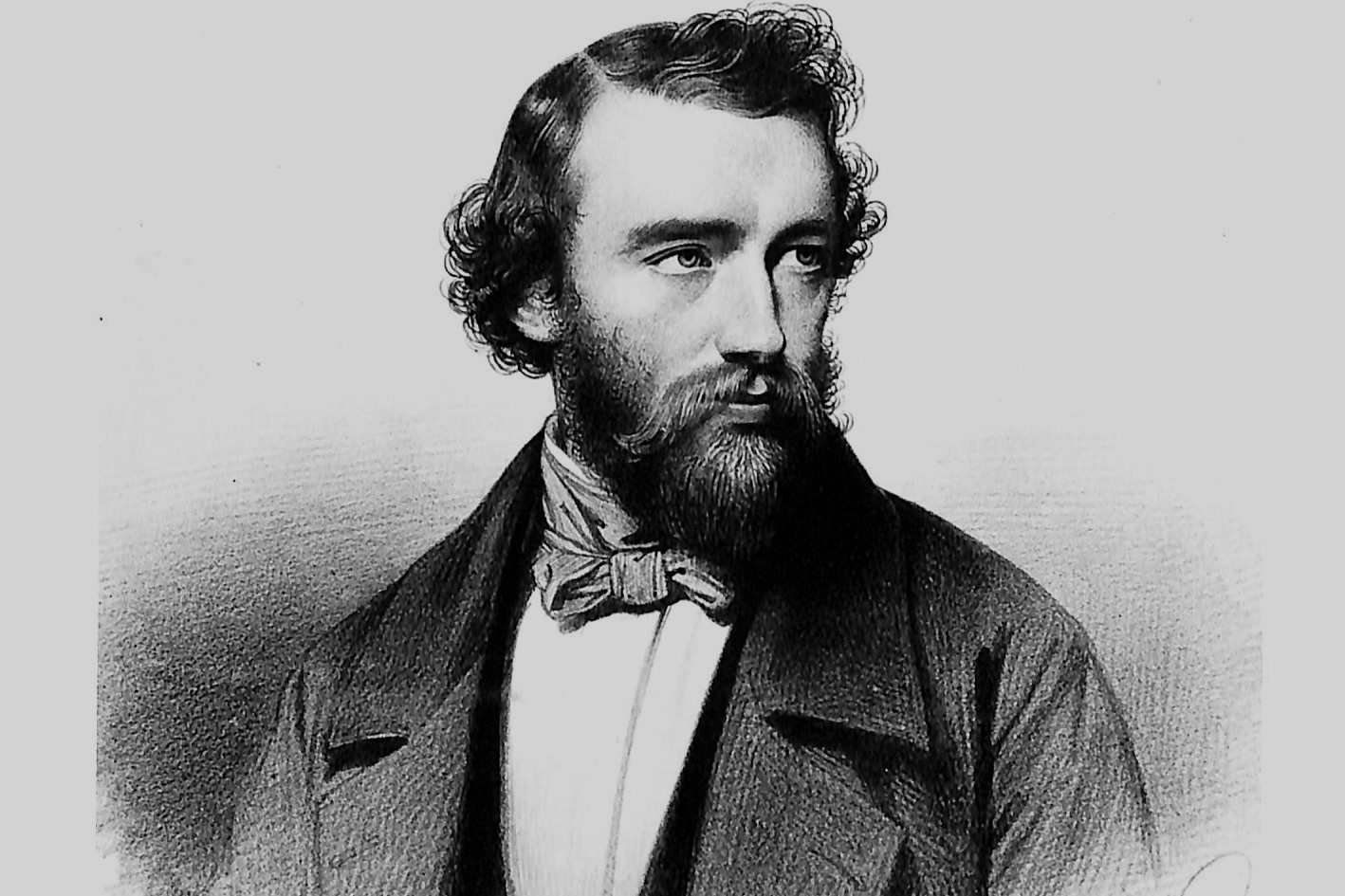
Who was Adolphe Sax? Born in Belgium in 1814, Adolphe Sax was a musical genius who changed the world of music forever. He is best known for inventing the saxophone, an instrument that has become a staple in jazz, classical, and contemporary music. Sax's journey wasn't easy; he faced numerous challenges, including fierce competition and even a few life-threatening accidents. Despite these obstacles, his passion for music and innovation never wavered. His inventions didn't stop at the saxophone; he also created various other wind instruments that enriched orchestras and bands. Dive into these 36 fascinating facts about Adolphe Sax to learn more about the man behind the music.
Key Takeaways:
- Adolphe Sax, the inventor of the saxophone, overcame challenges and controversies to revolutionize music with his innovative instruments, leaving a lasting legacy in the world of music.
- Adolphe Sax's eccentric personality, musical talent, and contributions to music, including the saxophone and saxhorn, have made a significant impact on popular culture and continue to inspire musicians today.
Who Was Adolphe Sax?
Adolphe Sax, a Belgian inventor and musician, is best known for creating the saxophone. His life was filled with innovation, challenges, and a passion for music.
- Born on November 6, 1814, in Dinant, Belgium, Adolphe Sax was the son of Charles-Joseph Sax, a renowned instrument maker.
- Sax's full name was Antoine-Joseph Sax, but he was commonly known as Adolphe.
- He showed an early talent for music and began studying the clarinet and flute at a young age.
- Sax's father was his first teacher, instilling in him a deep understanding of instrument construction.
- At the age of 15, Sax entered the Royal Conservatory of Brussels to further his musical education.
The Invention of the Saxophone
Adolphe Sax's most famous invention, the saxophone, revolutionized music. Here's how it came to be.
- In 1840, Sax began working on a new instrument that combined the best qualities of woodwind and brass instruments.
- The saxophone was officially patented on June 28, 1846.
- Sax designed the saxophone to improve the tonal range and versatility of military bands.
- The original saxophone family included instruments in various sizes, from sopranino to contrabass.
- Sax's invention was initially met with skepticism but eventually gained popularity among musicians.
Challenges and Controversies
Adolphe Sax faced numerous obstacles throughout his career, from legal battles to financial difficulties.
- Sax was involved in several patent disputes with other instrument makers who tried to copy his designs.
- He survived multiple assassination attempts by rivals who wanted to eliminate him from the industry.
- Despite his success, Sax struggled with financial instability and declared bankruptcy three times.
- Sax's health was also a concern; he battled cancer in his later years.
- Despite these challenges, Sax continued to innovate and improve his instruments.
Contributions to Music
Beyond the saxophone, Adolphe Sax made significant contributions to the world of music.
- Sax invented the saxhorn, a family of brass instruments that became popular in military bands.
- He also developed the saxtuba, a brass instrument with a unique sound.
- Sax's instruments were used in the orchestras of famous composers like Hector Berlioz and Richard Wagner.
- The saxophone became a staple in jazz, classical, and contemporary music.
- Sax's innovations influenced the design of many modern wind instruments.
Legacy and Recognition
Adolphe Sax's impact on music and instrument design continues to be felt today.
- Sax died on February 7, 1894, in Paris, France, at the age of 79.
- His contributions to music were recognized posthumously, with many musicians and composers praising his work.
- The city of Dinant, Sax's birthplace, celebrates his legacy with a museum dedicated to his life and inventions.
- In 2014, the world celebrated the bicentennial of Sax's birth with concerts, exhibitions, and events.
- Sax's name lives on through the instruments he created, which are still widely used today.
Fun Facts About Adolphe Sax
Here are some lesser-known facts about the man behind the saxophone.
- Sax was known for his eccentric personality and often wore a top hat and cape.
- He was a skilled clarinetist and performed in various orchestras throughout his life.
- Sax's workshop in Paris became a hub for musicians and instrument makers.
- He was awarded the Legion of Honour, France's highest civilian award, for his contributions to music.
- Sax's instruments were featured in the 1867 Paris Exposition, where they received critical acclaim.
The Saxophone in Popular Culture
The saxophone has become an iconic instrument in various genres of music and popular culture.
- The saxophone is a key instrument in jazz, with legends like John Coltrane and Charlie Parker making it famous.
- It is also prominent in rock and roll, with artists like Clarence Clemons of the E Street Band using it in their music.
- The saxophone has been featured in countless movies, TV shows, and commercials.
- Its distinctive sound makes it a favorite for solo performances and improvisation.
- The saxophone continues to evolve, with new designs and variations being developed by modern instrument makers.
- Adolphe Sax's invention has left an indelible mark on the world of music, inspiring generations of musicians and composers.
Adolphe Sax's Lasting Legacy
Adolphe Sax's contributions to music are undeniable. Inventing the saxophone and other instruments, he changed the landscape of music forever. His creations bridged gaps between classical and jazz, influencing countless musicians. Despite facing numerous challenges, including patent battles and health issues, Sax's determination never wavered.
His instruments, especially the saxophone, remain staples in orchestras, bands, and solo performances. Sax's innovative spirit and resilience continue to inspire. His legacy lives on through the music played on his inventions, reminding us of his genius.
Understanding Sax's life and work gives us a deeper appreciation for the instruments we hear today. His story is a testament to creativity and perseverance. Next time you hear a saxophone, remember the man behind the music, Adolphe Sax, whose impact on the world of music is still felt today.
Frequently Asked Questions
Was this page helpful?
Our commitment to delivering trustworthy and engaging content is at the heart of what we do. Each fact on our site is contributed by real users like you, bringing a wealth of diverse insights and information. To ensure the highest standards of accuracy and reliability, our dedicated editors meticulously review each submission. This process guarantees that the facts we share are not only fascinating but also credible. Trust in our commitment to quality and authenticity as you explore and learn with us.


